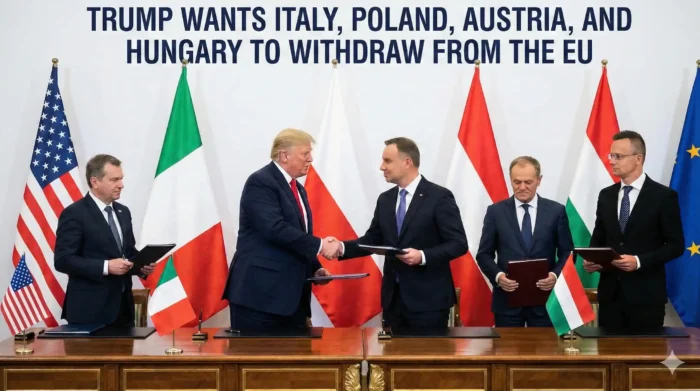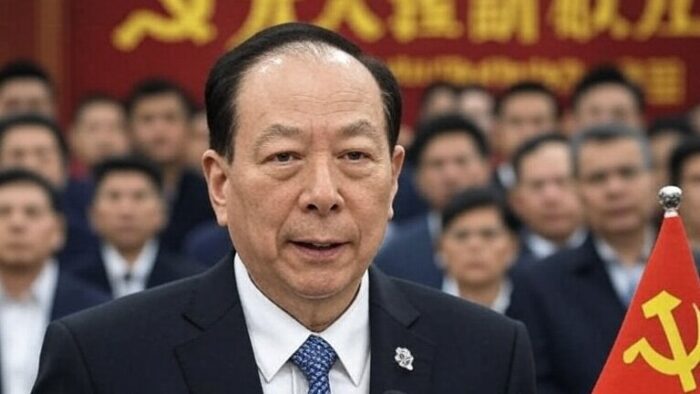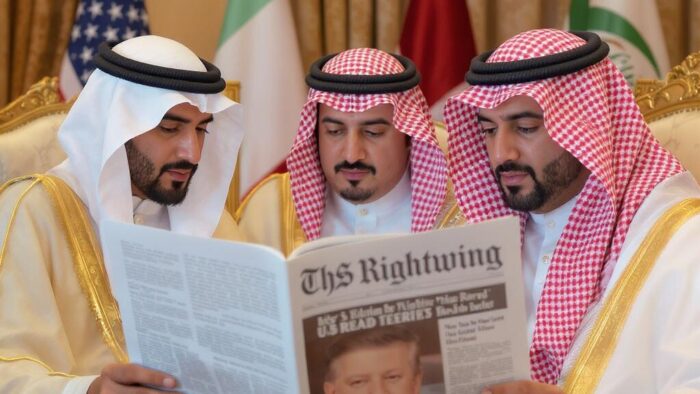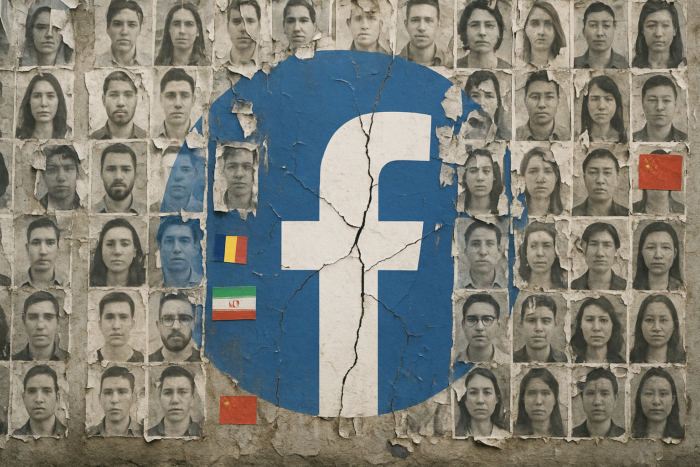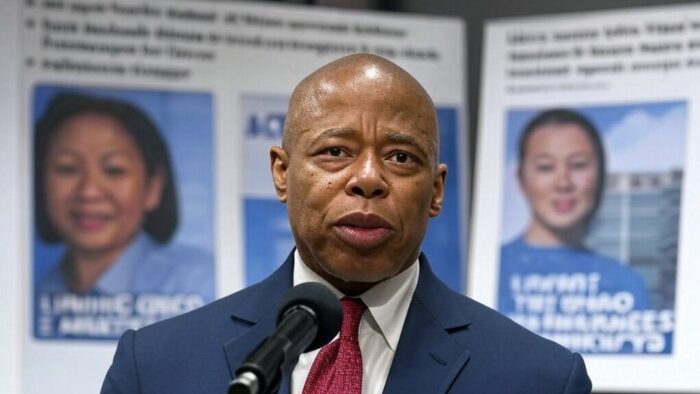The Associated Press and the DFRLab, a US think tank, have published a joint research project examining and comparing the false narratives about Covid-19’s origins in China, the US, Russia, and Iran during the first six months of the virus’s outbreak. According to the report’s introduction:
February 2021 The report focuses on how varying, unverified, and outright false narratives that the virus was a bioweapon or the result of a lab accident spread globally on social media and beyond, and the geopolitical consequences of those narratives.
Read the rest here.
According to the report, China, the US, Russia, and Iran all were involved in spreading false rumors about the origins of the virus and, prioritizing domestic audiences, “played a global blame-game without any evidence to back up their accusations” instead of engaging in multilateral cooperation and sharing fact-based advice to the public.
The Chinese government priority was to shift the blame to geopolitical competitors and to portray itself as global benevolent power:
Given the earliest reports of the virus came from China, that country was central to narratives that it was a bioweapon either developed by or, conversely, targeting the country. The Chinese approach to information control around the virus followed closely its philosophy of discourse power. The Chinese Communist Party (CCP) silenced domestic voices reporting on the disease through harsh information control, including imprisonment of journalists, doctors, and public health officials. Beyond its borders, China initially preferred to boost international perception in its favor by amplifying stories about its benevolence in assisting other countries to combat the virus. As the disease persisted, however, China began to push narratives that painted its geopolitical competitors in a negative light, including pushing conspiracies such as the idea that COVID-19 was a US biological weapon.
The US administration, on the other hand, adopted xenophobic messaging against China intending to distract the US public away from the government’s disjointed approach to mitigate the virus:
In the United States, government officials, including then-President Donald Trump, made the converse claim implying the virus originated in a laboratory in Wuhan, even postulating that its release could have been intentional. The language deployed in support of this narrative by some political influencers often followed a pattern of intentional insinuation, which posited at best unverified information, which was then twisted into disinformation when further amplified, offering the original source an unhelpful amount of plausible deniability. These narratives also had a xenophobic tinge, spreading readily among conspiracy theory and fringe websites. It remained in frequent use as a means of criticizing China, with President Trump deploying versions of it until his final day in office. Conversely, the xenophobia was opportunistically amplified by US rivals to color the entire country as racist or unwelcoming. The cumulative effect of this was to distract the US public’s attention away from the federal government’s disjointed approach to mitigating the virus and point the blame at China.
Finally, the report notes that both Russia and Iran used conspiracy theories about the virus’s origins to further their geopolitical agendas and to push anti-US narratives:
Meanwhile, Russia and Iran used demonstrably false narratives about the disease as a means of furthering their geopolitical agendas, pushing anti-US narratives regardless of veracity. In Russia, where some of the very first narratives emerged, the efforts appeared to be less organized than prior efforts of malign influence directed at the United States but still attempted to sow chaos and distrust of the US government. In Iran, messaging generally targeted its domestic audiences as the political situation in the country was already fraught. Mass protests against gas prices, the US assassination of General Qasem Soleimani, and the accidental shoot-down of a commercial jet left the entire Iranian population on edge, only to be exacerbated by an early outbreak of the virus. The regime’s messaging of external threats to the country –especially the United States –was frequently used as a means of renewing the Iranian public’s fidelity to the regime.
Global Influence Operations Report (GIOR) reporting on various state actor COVID disinformation campaigns has included:
- A report from October 2020 on a US Department of Homeland Security analysis concluding that Chinese operatives were probably waging disinformation campaigns using overt and covert tactics—including social media trolls— to shift responsibility for the pandemic to other countries, including the United States.
- A report from November 2020 that the UK’s Signal Intelligence Agency was preparing to launch a “major offensive cyber operation against state-sponsored propaganda aimed at undermining research on the COVID-19 vaccine.”
- A report from January on a New York Times and ProPublica investigation into state-sponsored Chinese disinformation efforts centered on the Covid pandemic.
- A report from January on a CNN analyst’s view of Russian efforts to spread COVID-related disinformation.
- A report from January on an EU analysis concluding that pro-Kremlin media are trying to generate support for the Russian Sputnik V COVID vaccine by shifting its disinformation narratives.
- A report from this month on an Australian think-tank’s analysis of Chinese and Russian influence campaigns aimed at undermining the Covid-19 vaccination programs.
Read the full report here.


